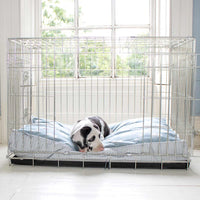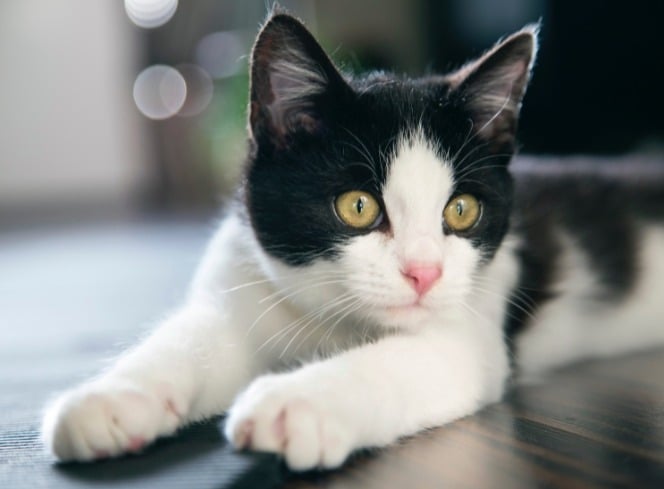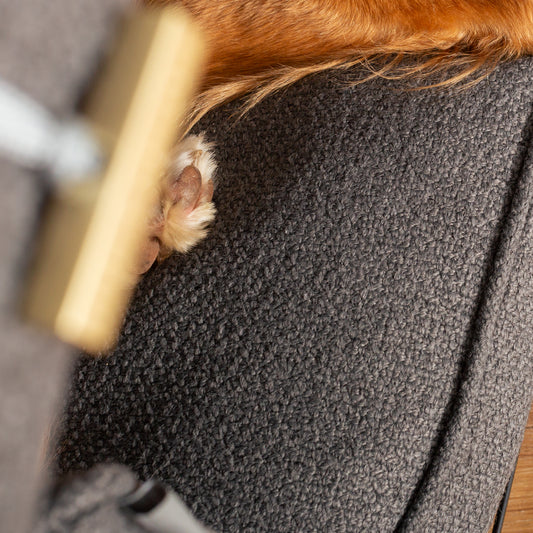We all love a little summer sunshine. Days by the beach and a paddle in the sea are a summer-holiday-must! Whilst it’s great to get outdoors when the weather is fine, it’s also important to take note of the heat and stay safe - both for you and your pets. Here in Britain, we’re having a mini heatwave next week, so we thought we’d look at ways to keep your pet cool this Summer…
Top 6 Ways To Keep Your Pet Cool
1. Stay Indoors
We might love making the most of the warm weather outdoors but it can be super dangerous for our four-legged friends. On hot days make sure to keep your dogs cool indoors to prevent heatstroke. Heatstroke is life-threatening and is brought on by a sudden rise in body temperature, find out the key warning signs in our heatstroke blog, spotting the signs early and seeking treatment quickly can massively increase survival chances.
Don’t forget about your smallest pets in the Summer. If you have small pets such as rabbits and guinea pigs who live outside, it may be a good idea to bring them inside on the hottest days if you can. If you can’t bring them inside try to move the hutch into a shaded area and reposition it as the shade moves throughout the day. You could drape damp towels over the cage to help regulate the temperature inside the cage.
2. Offer Plenty of Water
Keeping hydrated in Summer is high on the priority list. Put down a few different bowls of water in various places around the house and garden (wherever your pet is allowed to roam) so they have access to as much fresh drinking water as possible. Keep it in the shade so it stays cool and fresh as long as possible and don't forget to top up and change it regularly.
3. Be Careful of Hot Pavements
On the hottest days, walk your dog in the morning and evening when pavements are cooler. Hot pavements in the hottest part of the day can cause serious damage to pup’s paws. If you’re unsure whether to take them out or not, test the ground with your hand; if it’s hot to touch, then it’s too hot for your dog. If you do take them out make sure to keep the walk short so they don't overheat and make sure to take a travel water bowl with you so your dog can have a drink on the way!
| Temperature | Recommendation |
| 16-19 Degrees | Generally safe to walk your dog. Take note if your dog is obese or a flat-faced breed |
| 20 - 23 degrees | Rigorous exercise in this heat could lead to heatstroke |
| 24 - 27 degrees | Extreme caution must be taken. Obese or flat-faced dogs would be at risk in these temperatures. |
| 28 degrees upwards |
All dog breeds would be susceptible to heatstroke at these temperature |
4. Go For a Swim
You could provide your dog with a paddling pool placed in a shaded spot. A dip in cool water will help regulate their body temperature. Equally, a walk on the beach (again, not during the hottest part of the day) and a paddle will help cool them down and avoid possible dehydration.
5. Never Leave Your Pet in Hot Cars
This should be obvious, but just in case - never leave your pet in the car in warm weather. The temperature in a car can rise so rapidly and it can take only a short time for animals to die in an over-hot car. If you see animals locked in a car on a hot day you should report them immediately.
6. Sun Protection
Short-haired and fair-skinned pets need sun protection. It’s best to keep them out of the sun, but on days where they’ll definitely be out in it for a short time, make sure to use a pet-safe sunscreen. Pay close attention to noses too!
How to Keep a Dog Cool at Night
Your dog is unlikely to develop heatstroke at night but on particularly muggy evenings they may feel as uncomfortable and restless as you do. There are a few things you can try to keep your precious pooch as cool as possible:
- Keep sunlight out of your room - try shutting the curtains and blinds to prevent your house from heating up during the day
- Try freezing treats or a Kong toy for your dog to play with before bed to help cool them down
- Get a slightly damp towel for your dog to lay on or a cooling mat - this will help to keep them cool
- Keep your windows open at night
- Get cool air moving by directing a fan toward your dog - this will help to cool down your dog's coat where heat often gets trapped
- Put their bed or crate in the coolest room in your house - usually tiled rooms are cool
- Make sure they have access to cool, fresh water at night so they don't become dehydrated and can cool themselves down
Our Cooling Products
We have a whole range of products designed to keep your pet cool during the hottest months. The range includes cooling coats, mats and cooling toys which are all ideal on a hot day and can be delivered the next day.









































































































